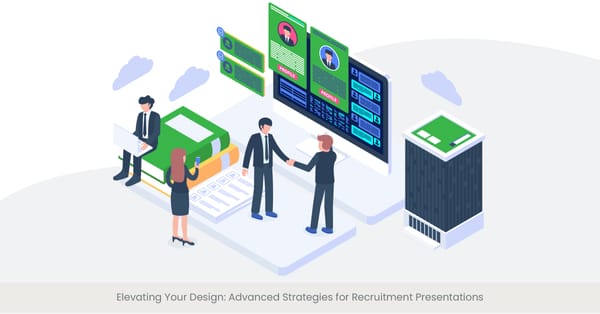
Creating a great presentation is crucial to captivate potential candidates and stakeholders.
Summarizing Key Design Principles for Recruitment
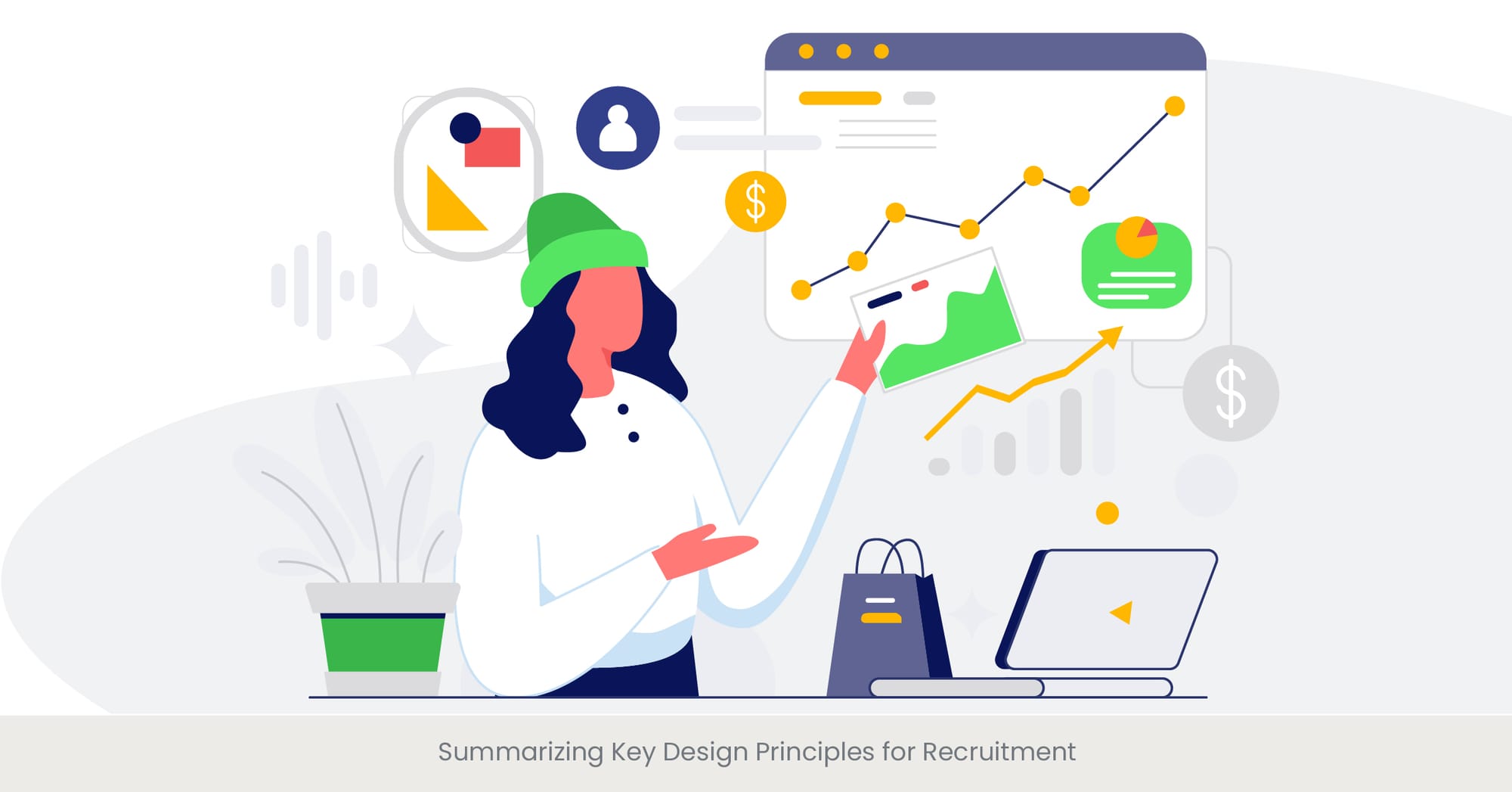
Introduction: Core Design Principles
Effective recruitment presentations begin with a strong foundation in design principles. These principles guide the creation of materials that not only capture attention but also communicate the employer’s brand and values clearly. This section explores the essential design principles that are fundamental to crafting compelling recruitment presentations.
Deep Dive into Design Fundamentals
Good design in recruitment presentations hinges on clarity, consistency, and user engagement. Elements like color theory, typography, and layout play pivotal roles. Clarity ensures that the message is understandable, consistency reinforces the brand, and engaging elements keep the potential candidates interested. Incorporating visual storytelling can significantly enhance the clarity and engagement of recruitment presentations, making them more captivating and memorable. This part delves into how these principles are applied specifically within the context of a recruitment data presentation.
Real-World Application
Across industries, companies successful in attracting top talent use these design principles to their advantage. For instance, a tech giant may use sleek, modern designs that reflect its innovative culture, while a non-profit might opt for warm tones and accessible typography to convey its values of inclusiveness and community. This section will showcase examples from various sectors to illustrate how effectively applied design principles can enhance recruitment efforts.
Citing Examples and External References
Research and case studies highlight the effectiveness of adhering to these design principles. Studies from design institutes and feedback from recruitment campaigns provide quantitative and qualitative data supporting the importance of thoughtful design in recruitment materials. This part will reference leading sources that underscore the impact of good design on recruitment outcomes.
Explore Our Case Studies for Real-world Impact
Best Practices for Implementing Design Strategies
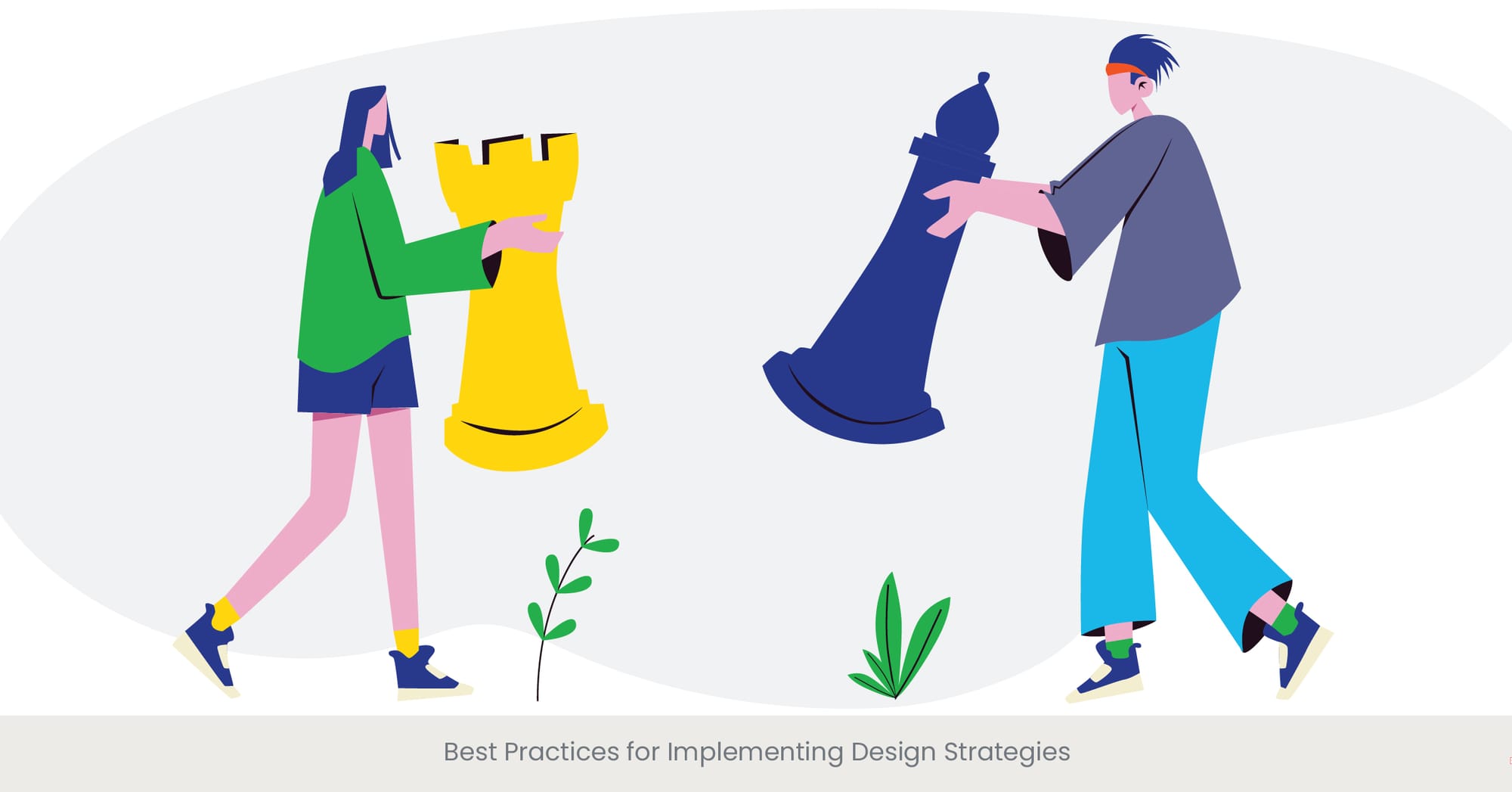
Introduction: Implementing Design Effectively
To transform design principles into effective recruitment presentations for top candidates, it’s crucial for recruiters to understand best practices in design implementation. This section outlines strategic approaches for integrating design into recruitment processes to maximize impact and attract the best candidates.
Background on Design Implementation
Implementing design strategies involves more than just visual aesthetics; it requires a strategic alignment with the organization’s recruitment goals. Best practices include using data-driven design decisions, aligning design with the employer brand, and ensuring all design elements are goal-oriented. Utilizing professionally designed templates can significantly enhance this alignment, offering customizable and visually appealing options that resonate with the organization's recruitment objectives. This part will explore how these practices are grounded in both theory and recruitment objectives.
Real-World Examples of Effective Implementation
Successful companies often use targeted design strategies that appeal directly to their desired candidates. For example, a startup might use dynamic and bold designs to attract innovative thinkers, while a finance firm might opt for more conservative and professional aesthetics. This section will discuss how different industries implement design strategies to enhance their recruitment presentations effectively.
Citing Experts and Case Studies
References to industry experts and real-life case studies provide a framework for understanding the effectiveness of these design strategies. This part will cite studies that demonstrate the correlation between well-implemented design strategies and successful recruitment outcomes, including increased applicant numbers and improved quality of candidates.
Ready to Transform Your Recruitment Presentations?
Contact Us Today
Building a Culture of Continuous Improvement
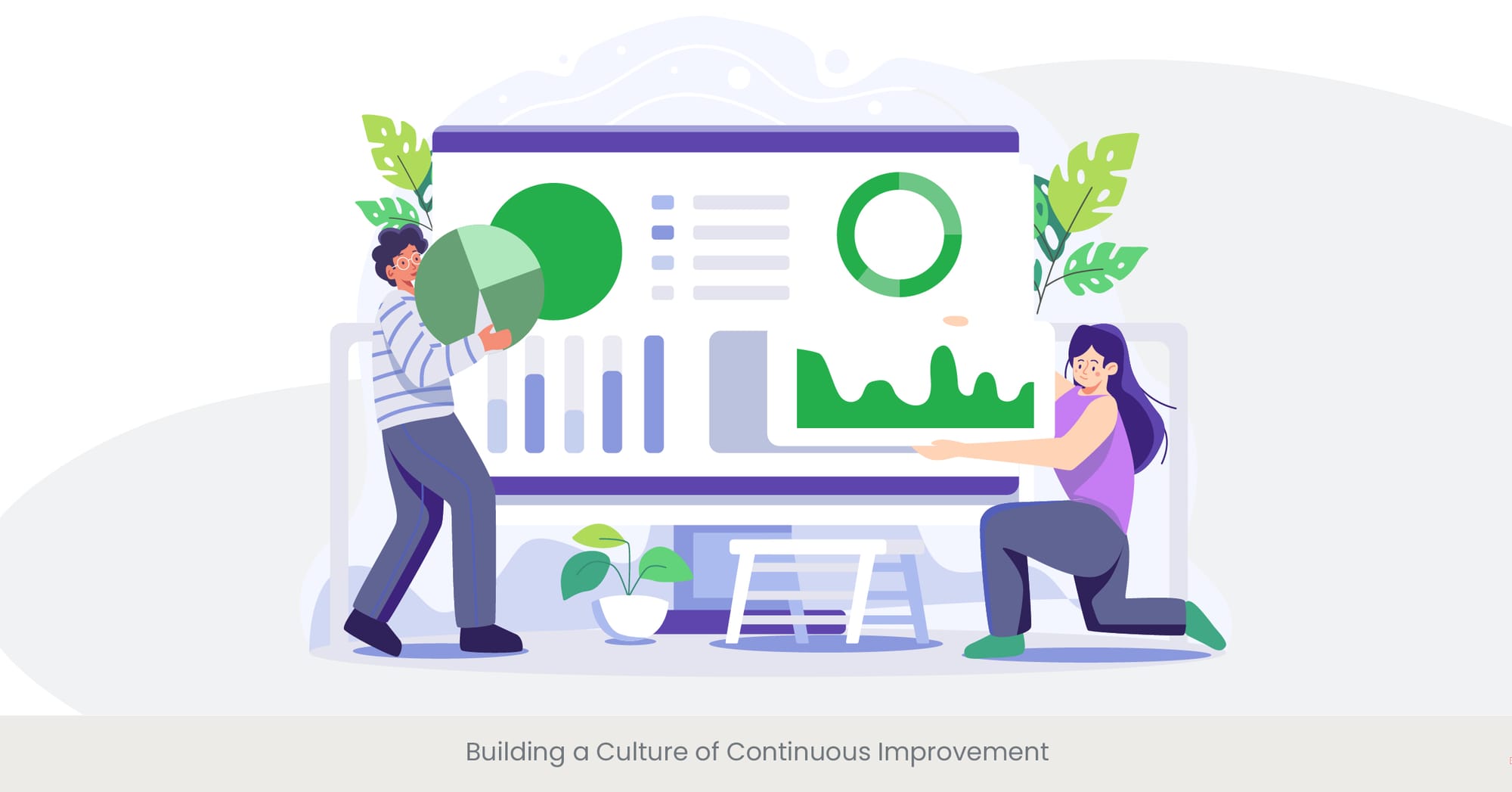
Introduction: Cultivating a Culture of Design Excellence
Creating a culture of continuous improvement in recruitment design is not just about refining visuals; it's about fostering an environment where innovation in presentation and strategy is ongoing. This section explores the importance of building such a culture within an organization.
Background on Continuous Improvement
Continuous improvement in the context of recruitment design involves regularly updating presentation materials, staying abreast of new design technologies, and always seeking feedback to refine approaches. It requires a commitment from all levels of an organization to value and engage with the recruitment process actively.
Real-World Examples of Continuous Improvement
Companies that stand out in their recruitment strategies often have mechanisms in place for regular review and adaptation of their recruitment materials. For instance, tech companies may regularly update and edit their presentation decks to include the latest projects and technologies they are working with, ensuring that the content remains fresh and engaging for potential candidates.
Citing Experts and Case Studies
This paragraph will leverage insights from HR experts and analysts who emphasize the benefits of a proactive approach to design improvements. By citing specific case studies from companies like Google and Amazon, which continuously iterate their recruitment processes, this section will highlight how a culture of continuous improvement can significantly enhance recruitment outcomes.
Encouraging Collaboration Across Departments

Introduction: Enhancing Recruitment Through Collaboration
Effective recruitment design is not just a task for the HR department; it involves collaboration across various departments. This section discusses the importance and possibilities of interdepartmental cooperation in creating compelling and cohesive recruitment presentations.
Background on Cross-Departmental Collaboration
Collaboration across departments can bring diverse perspectives and expertise to the recruitment process, enriching the design and content of recruitment materials. Marketing can contribute with branding insights, while the IT department can provide technological solutions to make presentations more interactive and engaging.
Real-World Examples of Successful Collaboration
An example of successful cross-departmental collaboration can be seen in companies that involve employees from multiple departments in recruitment drives and career fairs. This approach not only enhances the presentation but also provides candidates with a comprehensive view of the company culture and the roles they are applying for.
Citing Experts and Case Studies
This paragraph will reference opinions from organizational behavior experts who advocate for integrated team efforts in recruitment activities. Case studies from multinational corporations that have successfully implemented cross-departmental teams for recruitment campaign design will be discussed to illustrate the tangible benefits of this approach.
The Importance of Feedback in the Design Process
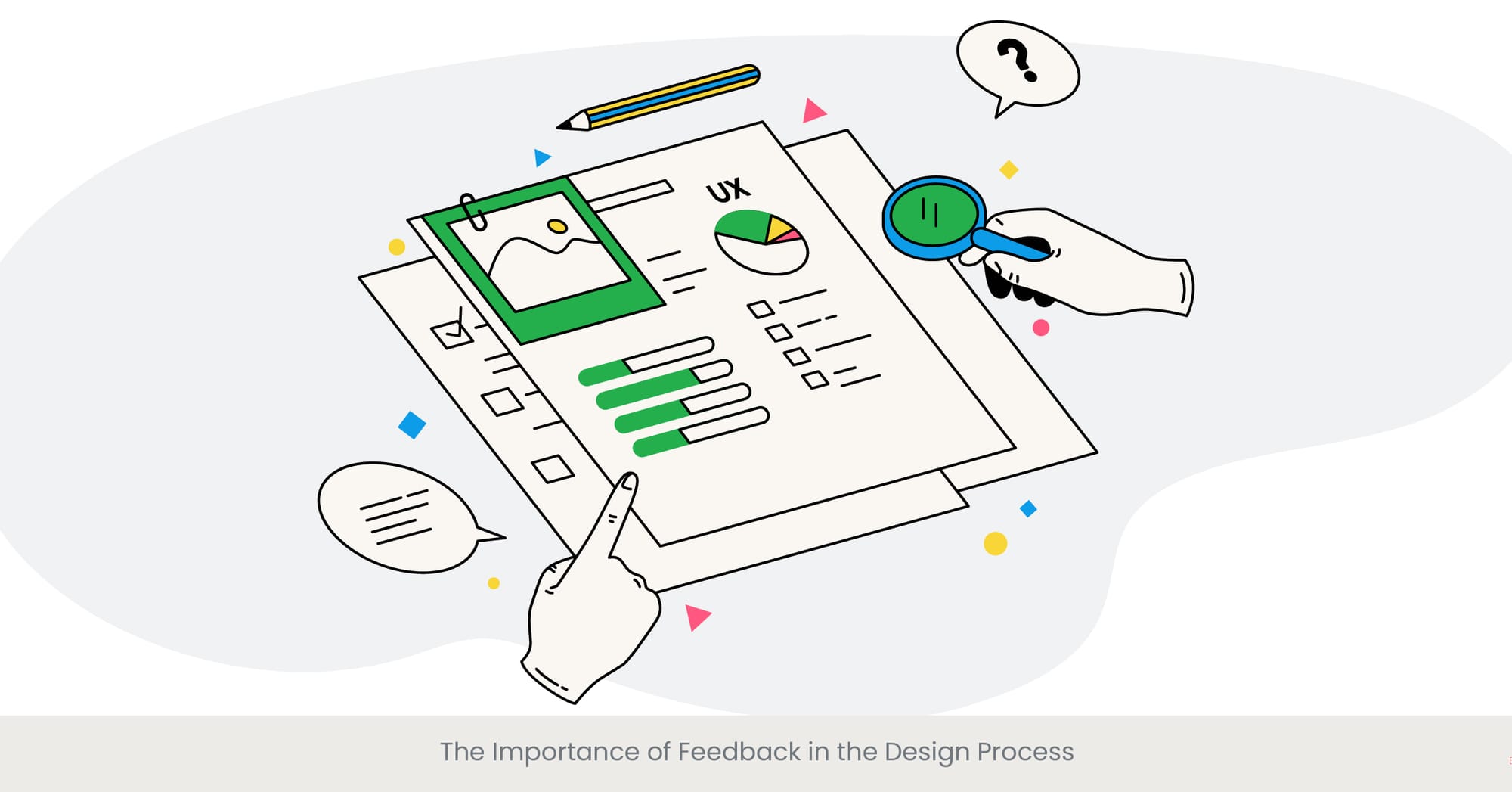
Introduction: Feedback as a Catalyst for Improvement
In the realm of recruitment presentations, feedback is invaluable. This section underscores how regular feedback can transform recruitment presentation materials from good to great, enhancing both design and effectiveness.
Background on Feedback Integration
Feedback in the design process should be systematic and continuous, encompassing reactions from candidates, hiring managers, and external design experts. It offers a reality check on how the presentations are perceived and provides actionable insights that can lead to significant improvements.
Employer branding presentations play a crucial role in attracting top talent. These materials should reflect the organization's culture, values, and mission, creating a strong first impression. Integrating feedback into these presentations ensures they resonate with candidates, effectively communicating why the company is an ideal place to work.
Real-World Examples of Feedback Utilization
For example, a tech company may use feedback from recent recruitment drives to tweak their presentation designs to better communicate the company’s innovation culture, based on candidates' perceptions that the previous materials were too generic.
Citing Experts and Case Studies
This section will draw on insights from design and HR professionals who emphasize the importance of incorporating feedback loops into the design process. By referencing studies and real-world examples, such as a consultancy firm that revamped its recruitment presentations based on candidate surveys, the text will highlight the practical benefits of feedback.
Leveraging Successes: Building on What Works

Introduction: Capitalizing on Proven Successes
In recruitment design, it's crucial to identify and build upon what works. This section explores how organizations can leverage their successful career development strategies to enhance and replicate positive outcomes across various recruitment campaigns.
Background on Leveraging Successes
Leveraging success involves analyzing past recruitment campaigns that have yielded excellent results, understanding the elements that contributed to their success, and applying these elements consistently in new contexts. This might include specific design features, messaging strategies, or technological tools that resonated well with the target audience.
Recruitment process presentations should offer a clear, concise overview of the hiring journey, from application to offer. Well-designed slides can highlight the company’s streamlined process, making it easy for candidates to navigate. Utilizing feedback and successful past practices ensures these presentations are not only informative but also engaging.
Real-World Examples of Effective Practices
For instance, a company may find that interactive elements in their presentations significantly boost candidate engagement. By recognizing this success, they can prioritize interactivity in future designs, ensuring that all recruitment presentations include interactive components to maintain high engagement levels.
Citing Experts and Case Studies
This paragraph will draw from expert opinions in recruitment and design, illustrating how successful strategies can be scaled and adapted. It will include case studies from companies like a multinational corporation that systematized its most effective recruitment visuals into a standard toolkit for all its branches, showing a measurable increase in candidate interest and application rates.
Stay Ahead of Recruitment Trends – Read Our Latest Blogs
Navigating Failures: Lessons and Growth Opportunities
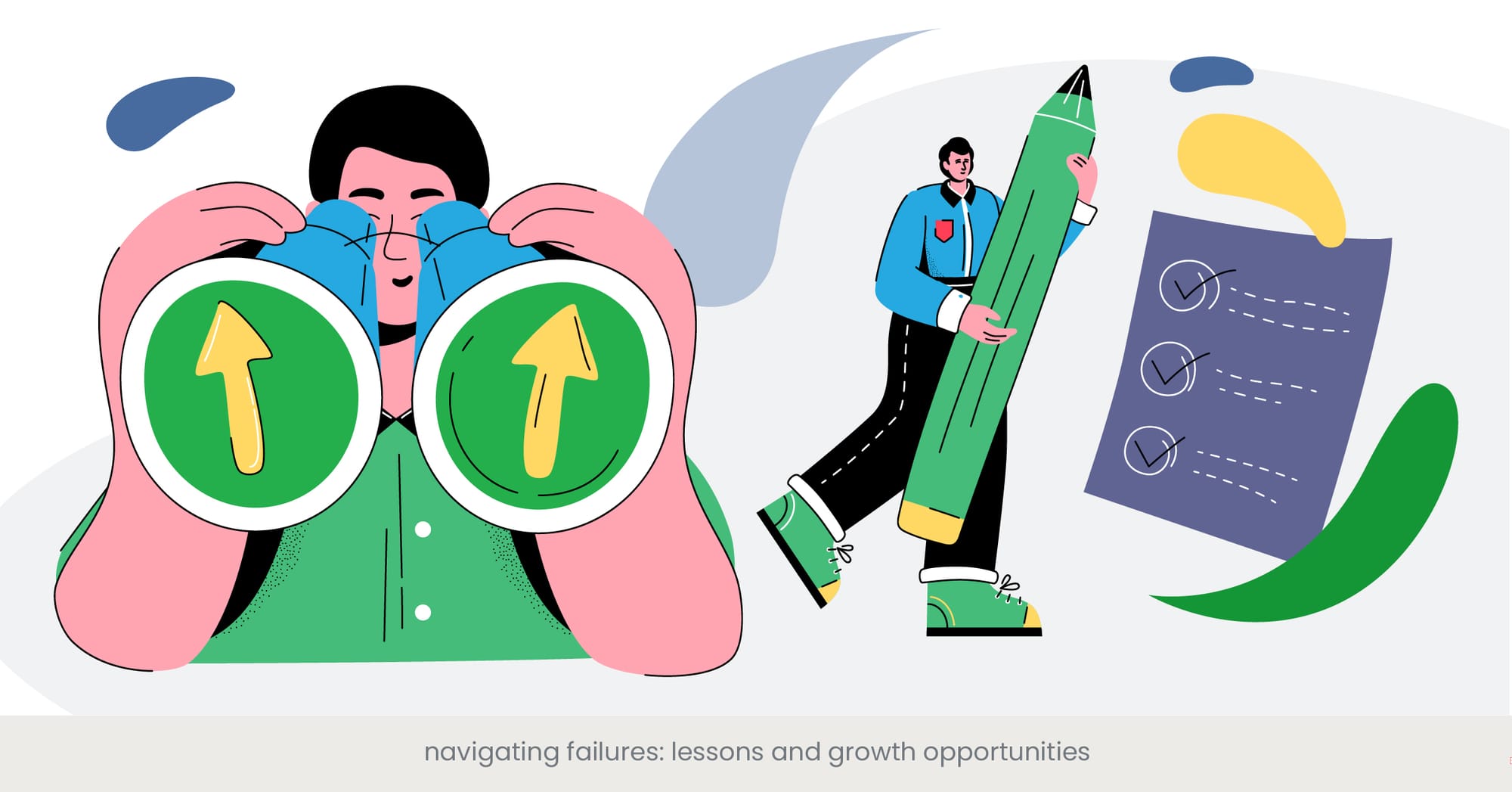
Introduction: Learning from Design Failures
The journey of refining recruitment presentations often includes setbacks and failures. This section highlights the importance of viewing these failures as vital learning opportunities rather than discouraging roadblocks.
Background on Learning from Failures
Understanding and analyzing design failures in recruitment presentations can provide crucial insights that drive future success. This involves a thorough review of what didn’t work, why it failed, and how these aspects can be improved or avoided in future designs.
Talent management presentation design is essential for communicating the company’s approach to employee development and retention. Effective designs can visually represent growth opportunities, performance reviews, and succession planning, which are critical for candidate engagement. Learning from design failures in this area helps improve clarity and impact on future recruitment efforts.
Real-World Examples of Turning Failures Around
Consider a scenario where a company's recruitment presentation failed to attract a diverse applicant pool. By identifying the shortcomings in their approach—perhaps a lack of inclusive visuals, graphics or language—the company can revise its strategy to be more appealing and accessible to a broader audience.
Citing Experts and Case Studies
Expert insights and case studies from design and HR professionals will be utilized to underscore the adaptability needed in the face of failures. For example, a tech startup initially struggled with low engagement rates on its recruitment presentations but revamped its content based on feedback, leading to a significant turnaround in candidate responses and engagement.
Dive Deeper into Design Best Practices with Our Guides
The Role of Leadership in Promoting Design Excellence
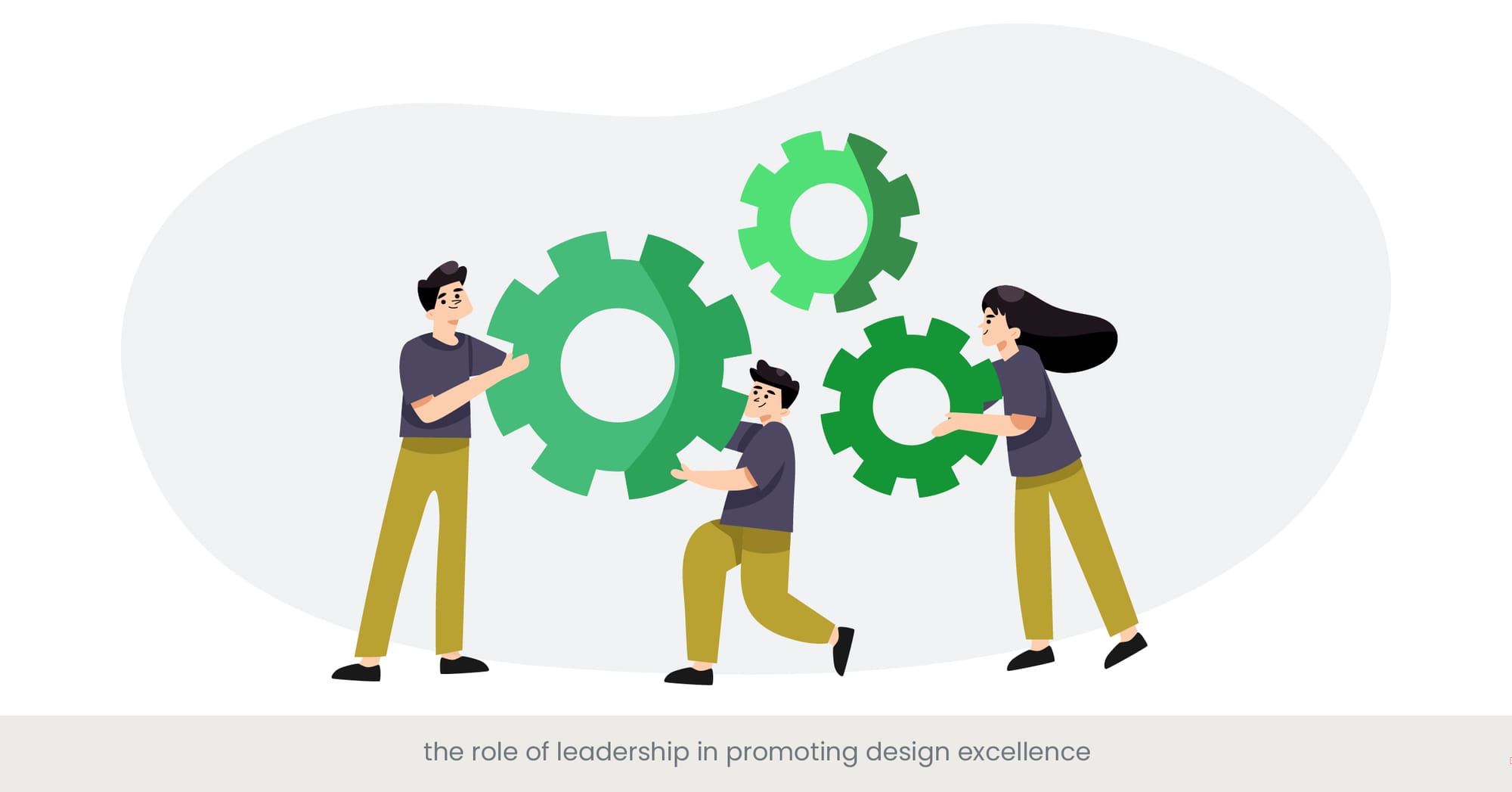
Introduction: Leadership's Impact on Design Quality
Effective leadership is pivotal in fostering an environment where design excellence thrives within recruitment strategies. This section explores how leadership can actively promote and support high-quality design practices.
Background on Leadership and Design Excellence
Leadership in design involves more than just approval processes; it includes setting clear expectations, providing necessary resources, and actively participating in the design process. Leaders must champion creativity and innovation while ensuring alignment with the organization or team's recruitment goals.
Real-World Examples of Leadership in Action
An example of effective leadership can be seen in a company where senior executives regularly participate in design reviews, offer constructive feedback, and celebrate creative solutions that align with strategic objectives. This engagement not only boosts morale but also ensures that the designs are effective and aligned with the company's vision.
Citing Experts and Case Studies
This paragraph will reference opinions from design and business leaders who emphasize the importance of leadership involvement in design processes. It will include a case study of a global firm that saw a marked improvement in recruitment outcomes after its leaders undertook a hands-on approach to its recruitment design strategy, integrating employee feedback and current design trends.
Future Challenges and Opportunities in Recruitment Design
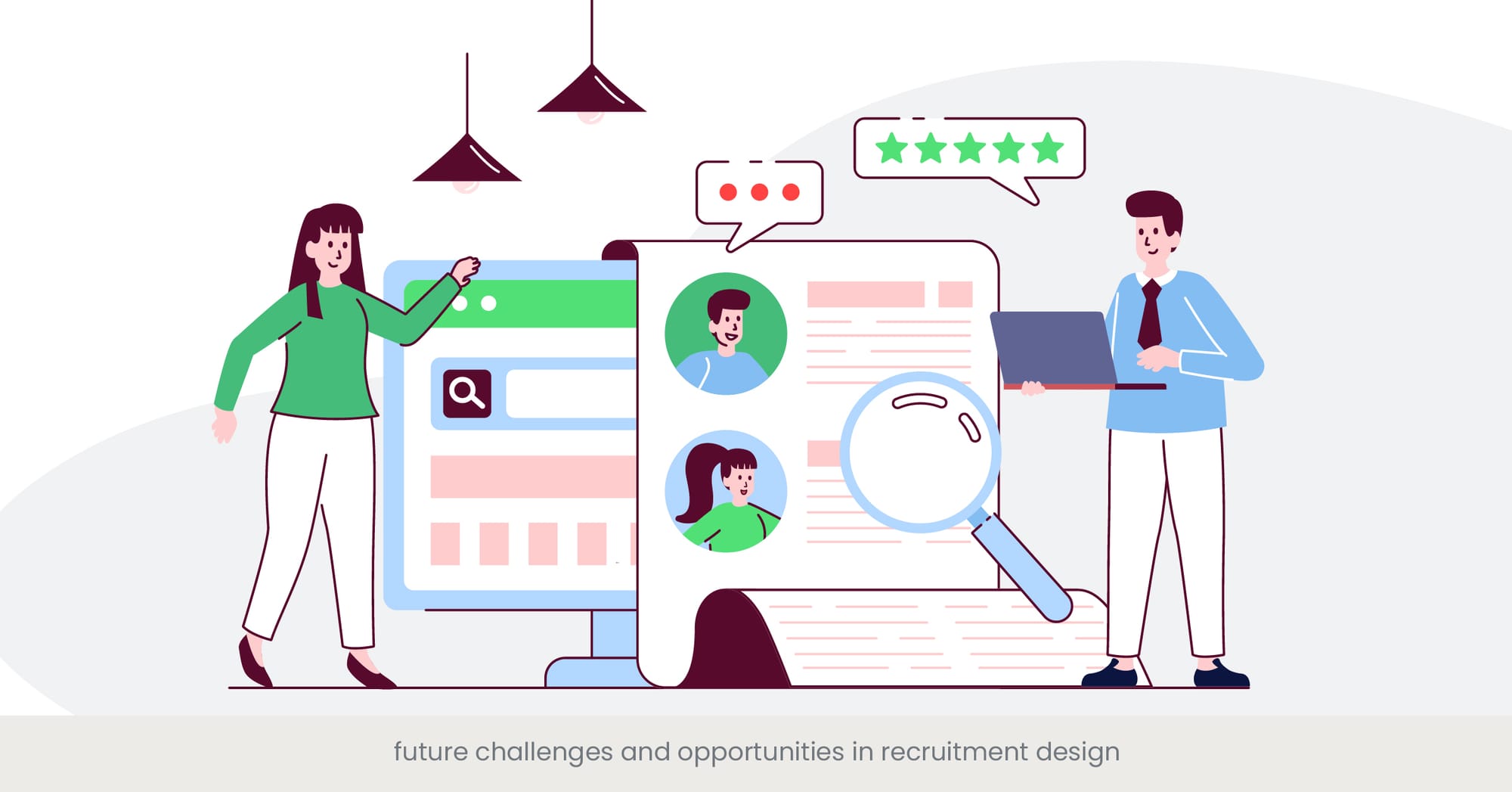
Introduction: Navigating the Future Landscape
The landscape of recruitment design is continuously evolving, driven by technological advancements and changing workforce demographics. This section delves into the anticipated challenges and opportunities that will shape the future of recruitment presentations.
Exploring Future Challenges
As technology advances, one major challenge will be staying abreast of new tools and platforms that can enhance recruitment efforts. Additionally, ensuring accessibility and inclusivity in design will pose a continual challenge as the diversity of the global talent pool increases.
Online hiring strategy decks are becoming essential as digital recruitment platforms evolve. These decks help companies showcase their remote hiring processes, assess candidates' digital competencies, and highlight virtual onboarding programs. Incorporating innovative design elements and adapting to new technologies ensures these presentations effectively communicate an organization's recruitment strategy in the digital age.
Seizing Opportunities in Recruitment Design
On the flip side, these challenges present significant opportunities. For instance, advancements in artificial intelligence and machine learning offer the potential to create highly personalized recruitment experiences at scale, potentially increasing engagement and improving fit assessment.
Expert Opinions and Forward-Looking Insights
This paragraph will leverage insights from thought leaders in recruitment and design, outlining how companies can preemptively tackle these challenges. It will reference studies predicting the integration of VR and AR in recruitment processes and discuss how these technologies could revolutionize candidate engagement and assessment.
Closing Thoughts: The Enduring Impact of Design on Recruitment
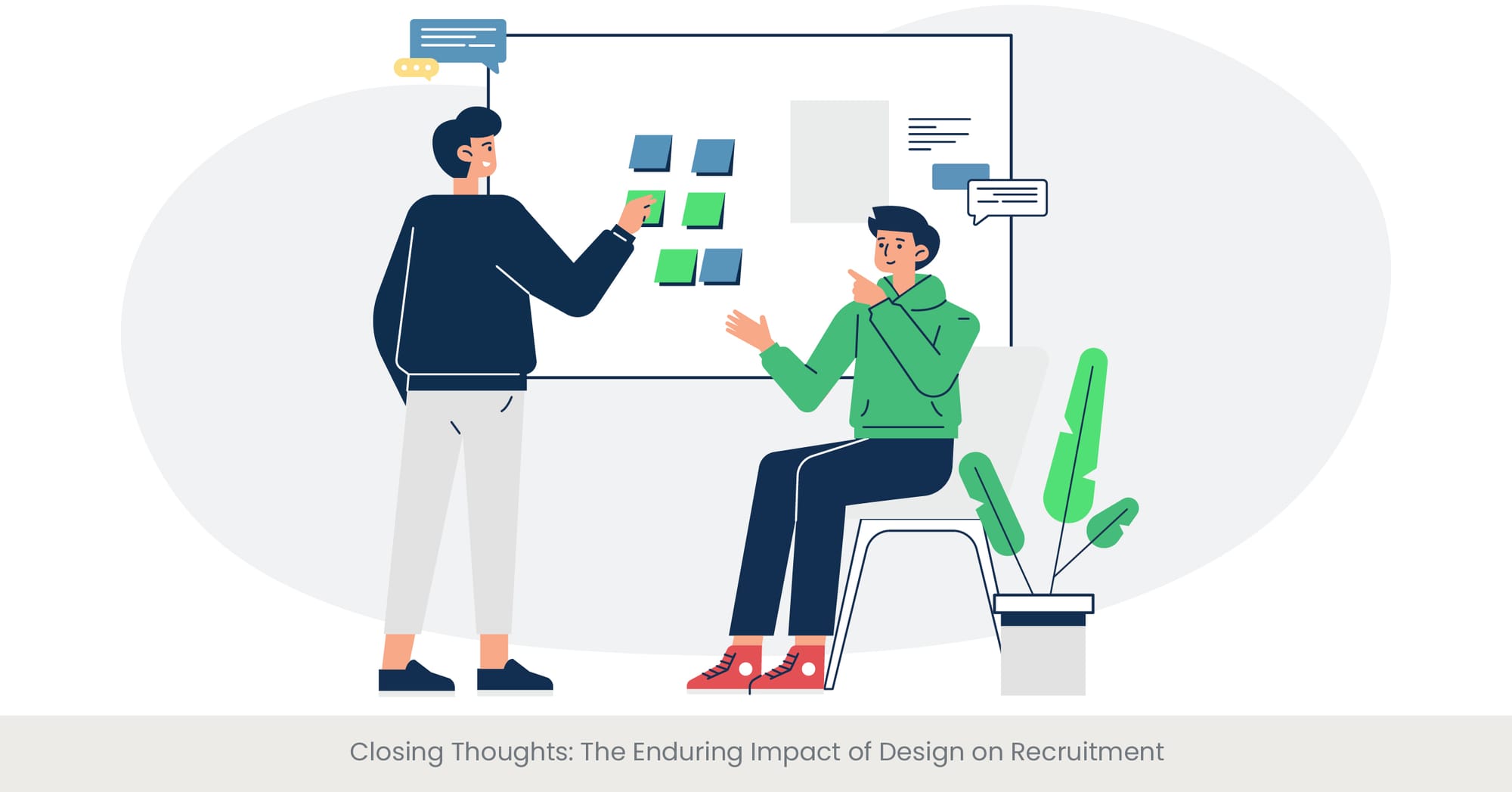
Introduction: Reflecting on the Journey
As we conclude our exploration of recruitment presentation design, it’s clear that design is not just an aesthetic consideration but a strategic one that significantly impacts recruitment outcomes. This section encapsulates an overview of the overarching themes and takeaways from the discussed sub-topics.
The Strategic Role of Design
Design transcends visual appeal, acting as a bridge between potential candidates and organizational goals. It communicates company culture, enhances brand perception, and plays a crucial role in attracting top talent. Thoughtfully designed recruitment materials can significantly influence a candidate’s first impression and decision to apply and accept job offers.
Lasting Impacts and Transformative Effects
Effective design in recruitment presentations not only improves immediate hiring success but also bolsters long-term organizational growth. It fosters a positive employer brand and sets the stage for future recruitment efforts, making it an indispensable part of strategic human resources management. The creation of stunning presentations is pivotal in this context, as they captivate potential candidates and significantly contribute to a company's ability to inspire action and commitment.
Concluding Expert Insights
In this final paragraph, insights from HR experts and design strategists highlight the transformative effects of good design on recruitment outcomes. Citing specific case studies and data, this section underscores the measurable benefits of integrating design thinking into recruitment strategies.
Frequently Asked Questions
How would you assess the recruitment data?
Assessing recruitment data involves analyzing key metrics such as time-to-hire, cost-per-hire, applicant sources, and candidate engagement levels to determine the effectiveness of recruitment strategies and identify areas for improvement.
What type of data do you use in recruitment?
In the recruitment report, data used includes demographic information, application rates, interview feedback, hiring timelines, job performance data post-hire, and retention rates to help improve hiring decisions and strategies.
How to make a recruitment dashboard?
To create a recruitment dashboard, compile relevant metrics such as number of hires, average hiring time, recruitment costs, and candidate satisfaction levels into a visual format using dashboard software, ensuring it provides real-time, actionable insights.
How do you present a recruitment strategy?
Presenting a recruitment strategy involves outlining your goals, the steps to achieve them, the tools and resources required, and the expected outcomes. Use clear visuals and data to support your strategy and ensure stakeholders understand the timeline and responsibilities.
How do you do a presentation for recruitment?
A recruitment presentation should clearly define the job roles, the company culture, and outline what the company expects from candidates. Use engaging visuals, maintain a clear structure, and include a strong call-to-action slide that directs potential candidates on how to apply.
What is a recruitment drive?
A recruitment drive is an intensive campaign aimed at attracting a significant number of potential candidates to fill various job openings within a company, often using multiple recruitment methods and channels to maximize reach and impact on job itself.
How to make a recruitment pitch?
A recruitment pitch should succinctly convey the unique selling points of the company and the role. Highlight benefits, growth opportunities, and what sets the position and the company apart. Tailor and customize the pitch to the audience’s career aspirations and professional interests.
How to pitch a candidate to a client?
When pitching a candidate to a client, focus on the candidate’s skills, experiences, and achievements that align with the client's specific needs. Use specific examples and data points to demonstrate how the candidate can solve current business challenges faced by the client.
How do you write a stunning recruitment presentation?
Writing a recruitment presentation involves structuring content around the job description, company culture, and employee benefits. Include engaging visuals, interviews and testimonials, and ensure the presentation and tone aligns with the company's brand voice.
What are the three C's of recruitment?
The three C's of recruitment are: Competence (skills and experience), Compatibility (fit with company culture), and Commitment (dedication to the role and company).















.png)







%20(1).webp)
%20(1).webp)
.webp)

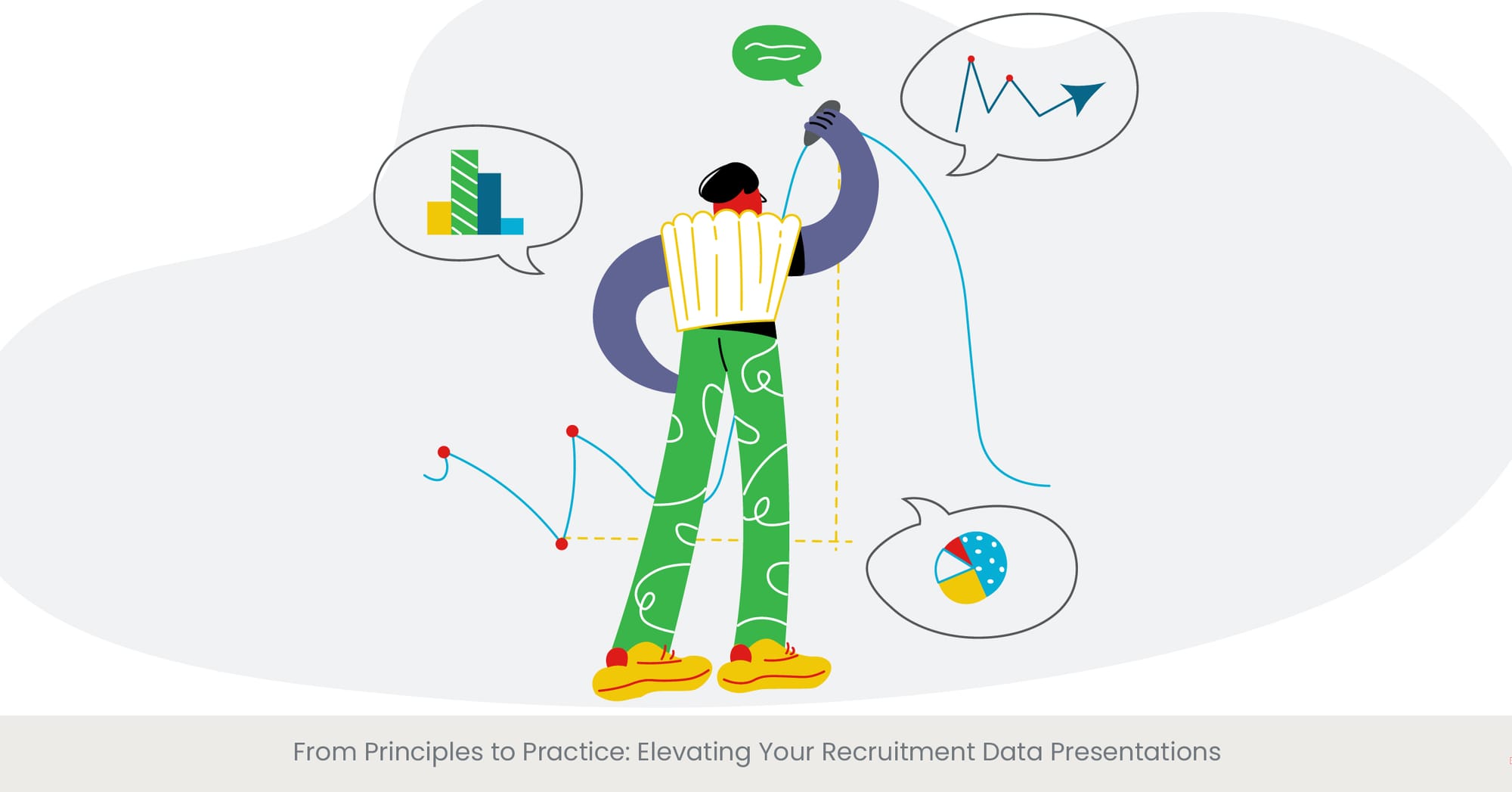

%20(1).jpg)
%20(1).jpg)

